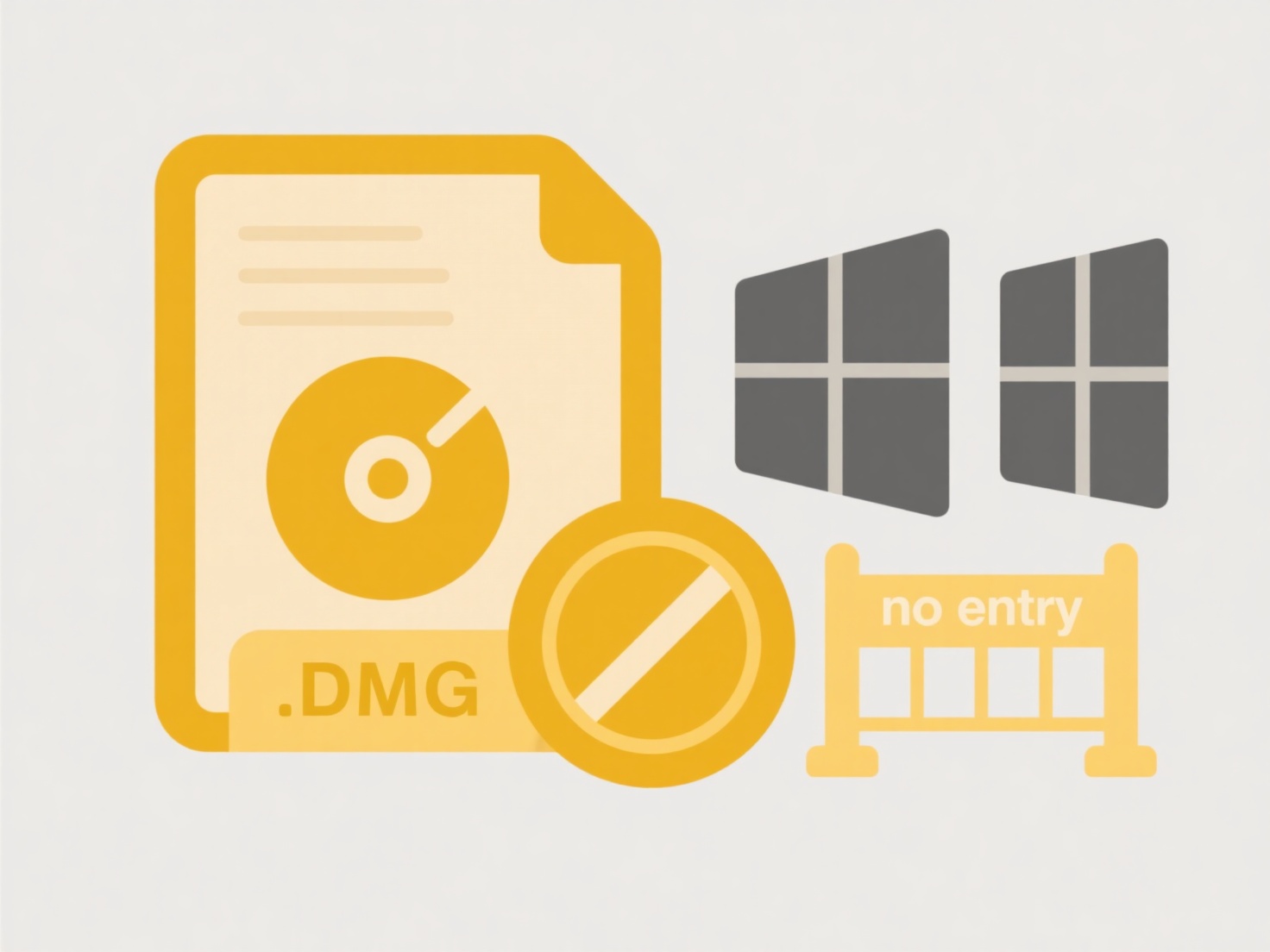
Accessing a saved file refers to retrieving a digital document, image, or other data stored on your computer, a network drive, or cloud storage. Unlike temporary data that disappears when an app closes, saved files persist until intentionally deleted. You access them using the operating system's built-in tools, such as File Explorer on Windows or Finder on macOS, or directly within the application that created the file. The key step is knowing the specific location (folder path) where the file was saved or being able to search for it by name.

Practically, you might access a budget spreadsheet stored in your Documents folder by navigating directly to that folder in File Explorer and double-clicking it. Alternatively, when working in Microsoft Word, you could click "File" then "Open Recent" to quickly find a document you were editing earlier. Many cloud platforms like Google Drive, Dropbox, or OneDrive offer desktop applications or web interfaces showing all your synced files; accessing a file here simply involves logging into the service through a browser or app and browsing to the correct folder.
The main advantage of saving files is reliable, persistent storage, allowing access from different sessions and devices. However, limitations include needing to remember storage locations or filenames, and potential inaccessibility if the storage device fails, credentials are lost, or files become corrupted. Cloud storage enhances accessibility from anywhere but requires an internet connection and raises considerations for data security and privacy depending on the provider and file sensitivity. Effective file organization practices significantly improve later access efficiency.
How do I access my saved file later?
Accessing a saved file refers to retrieving a digital document, image, or other data stored on your computer, a network drive, or cloud storage. Unlike temporary data that disappears when an app closes, saved files persist until intentionally deleted. You access them using the operating system's built-in tools, such as File Explorer on Windows or Finder on macOS, or directly within the application that created the file. The key step is knowing the specific location (folder path) where the file was saved or being able to search for it by name.

Practically, you might access a budget spreadsheet stored in your Documents folder by navigating directly to that folder in File Explorer and double-clicking it. Alternatively, when working in Microsoft Word, you could click "File" then "Open Recent" to quickly find a document you were editing earlier. Many cloud platforms like Google Drive, Dropbox, or OneDrive offer desktop applications or web interfaces showing all your synced files; accessing a file here simply involves logging into the service through a browser or app and browsing to the correct folder.
The main advantage of saving files is reliable, persistent storage, allowing access from different sessions and devices. However, limitations include needing to remember storage locations or filenames, and potential inaccessibility if the storage device fails, credentials are lost, or files become corrupted. Cloud storage enhances accessibility from anywhere but requires an internet connection and raises considerations for data security and privacy depending on the provider and file sensitivity. Effective file organization practices significantly improve later access efficiency.
Quick Article Links
How can I find duplicate images with different names?
Finding duplicate images with different names involves identifying identical or nearly identical image files despite hav...
Can Google Docs export to .docx format?
Yes, Google Docs allows you to export documents into the .docx format, which is the standard file format used by Microso...
Can I share files with a QR code?
Sharing files via a QR code is possible, but indirectly. A QR code itself stores a small amount of text data, not large ...